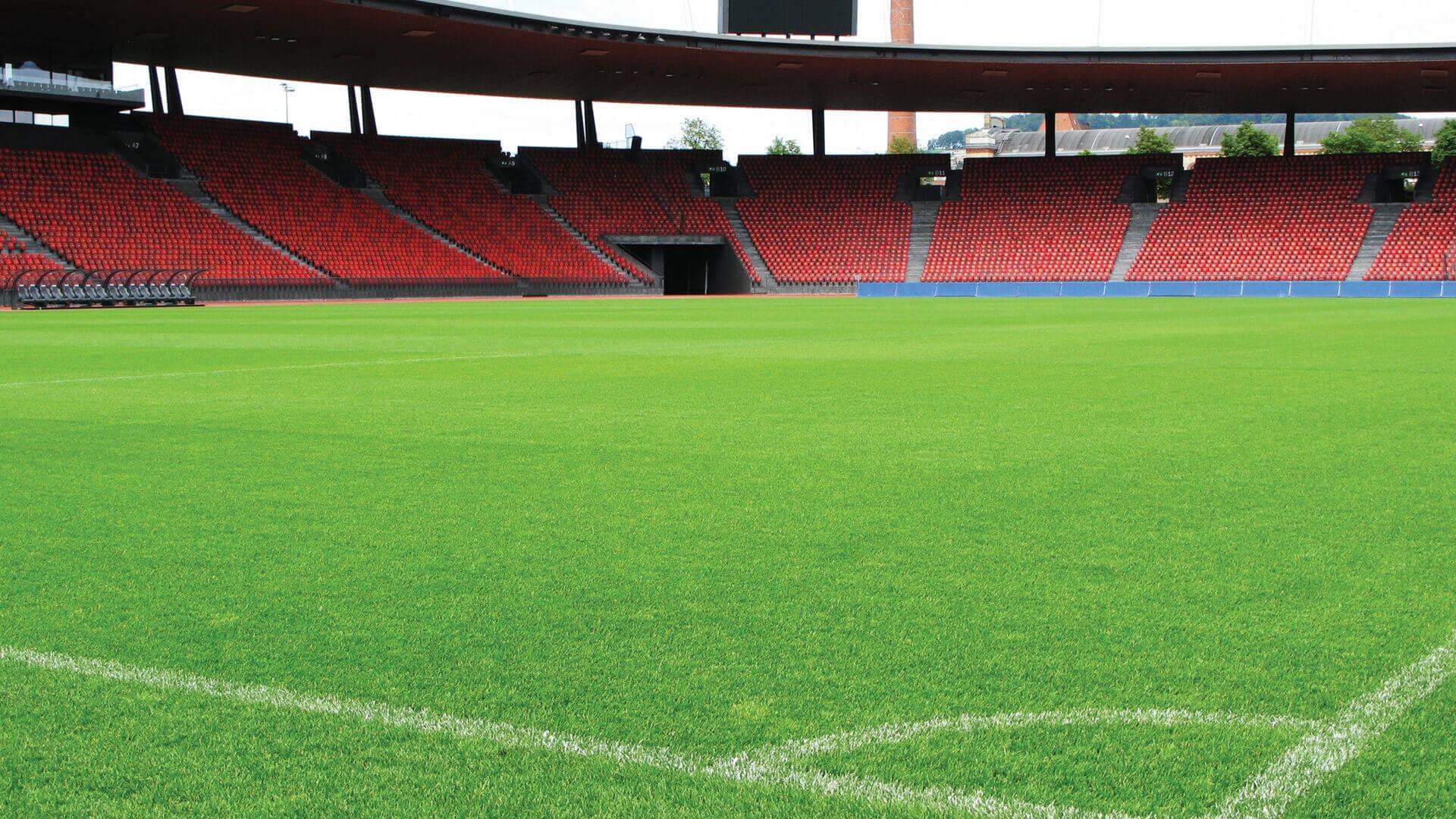What is top dressing for nutrients?
Top dressing for nutrients is when a thin layer of organic soil mixture is spread over an area of turf. It adds much needed organic natural nutrients and minerals to the soil. Top dressing for nutrients is commonly used when you need to introduce materials that will help improve drainage and allow the exchange of gases with the atmosphere more effectively. Overall, the goal of top dressing with soil and organics is to rejuvenate the soil under the grass and replenish it’s nutrients. Not only is it a great way to add organic matter, which is what soil-borne friendly bacteria and micro-organisms feed on, it also encourages deep root systems that can better withstand drought. Ultimately nurturing the beneficial soil microbes that help the grass to thrive.
Choosing the right materials for top dressing is important
You might think that any organic soil mixture can be used to top dress your turf. This is not the case. Not all soil mixtures and composts are equal in nutrient levels. It is a good idea to match the top soil with the soil under the lawn, as not all soils are compatible. Also sandy and loam soils will need a coarser sand texture spread over as too fine particles will clog the pores and fill air pockets in the soil, ruining the structure of the root system.
If the nutrient levels of your top dressing material exceed the requirements of your lawn they are not immediately absorbed by the soil, but rather will leach down into the rootzone.
When and how should you top dress for nutrients?
We recommend top dressing in spring or autumn, early on in the season but no later than midseason. It’s safe to top dress up to four times a year especially when your turf needs a boost, but never top dress in summer or winter.
Apply the top dressing sparingly across the grass and in small amounts as a thin layer. If correctly applied the soil mixture should disappear into the green leaf altogether after watering.
If it’s been raining, wait for a week of no rain before top dressing. A dry soil mix is easier to spread and won’t clump. Alternatively, you can top dress just before a bout of rain but avoid torrential periods of rain. Think soft or light rain, like long days of drizzling rain.
Grasses that form thatch can cause problems when top dressing, as it will form a barrier on the surface. Over time and with frequent top dressing, layers in the lawn build up and stop the nutrients, moisture and fertilisers from reaching the deeper soil. If you notice this happening, dethatching or heavy core aeration should be done before top dressing.
It is important to not use top dressing as a method to fill indentations in the lawn. This can cause water traps inside the original depression. Also the amount of soil mixture used to fill the indentation could be too rich for the lawn to handle.
Benefits of top dressing for nutrients
There are so many benefits that support regular top dressing as part of your grass care routine.
- It promotes the development of soil microflora and microfauna which breakdown thatch and grass clippings
- Breaks down the soil particles in clay soils, making it easier for new growth to push through
- Reduces the need for frequent fertilising
- Helps the soil stay airy and light, fighting the natural tendency of soil to grow heavier over the years.
- It enhances the soil structure, helping it to maintain excellent water retention properties and become a more fertile environment
- Makes the grass more resistant to pests and better able to choke out weeds
- It feeds earthworms who release additional nutrients into the soil
- The ground becomes more porous, maximising the local gaseous exchanges that promote proper root growth.
Learn about River Sands organic amendments that are blended with our USGA Graded Sand.



